Valkyrie UCAV flies with F-22, F-35 for the first time in data link test
- By Alex Hollings
Share This Article
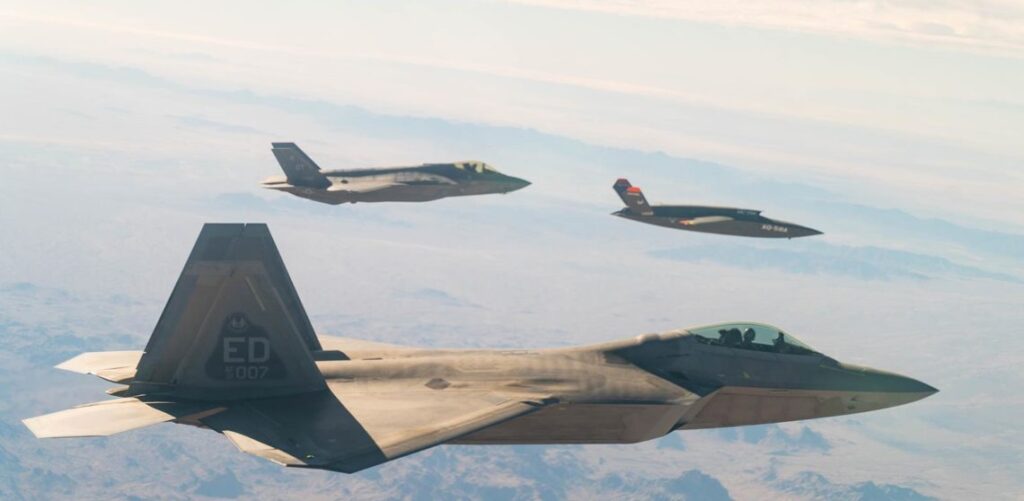
Earlier this month, the Kratos Defense XQ-58A Valkyrie flew alongside each of America’s 5th generation fighters for the first time, as the U.S. Air Force attempted to test a secure data link that would have connected the three aircraft in flight. This first test of a technology system dubbed “gatewayONE,” successfully connected the F-22 Raptor to the F-35 Joint Strike Fighter, but the Air Force was unable to network the two fighters to the “attritable” drone platform flying in their formation for the first time.
Despite the failure to network all three aircraft together, many facets of this first outing were indeed successful. Unbeknownst to many outside of the aviation world, the Lockheed Martin F-22 Raptor and Lockheed Martin F-35 Joint Strike Fighter each fly with communications systems that can’t talk to one another. The older F-22 utilizes a system called the Intra-Flight Data Link, while the F-35 leverages a different system called the Multifunctional Advanced Data Link.
So, while these fighters were made by the same company, in the same country, for the same branch of the military, the U.S. has to rely on a series of complex “workarounds” to allow America’s two most advanced fighters to communicate during a fight. The gatewayONE datalink, however, could be thought of as a sort of data translator, converting data streaming from one platform into language the other can understand and vice versa.
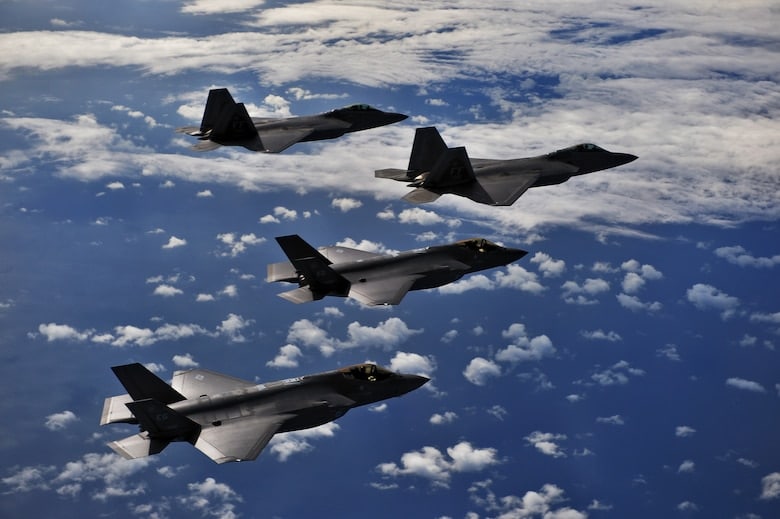
This test of the gatewayONE datalink is just one part of the Air Force’s broader Advanced Battle Management System, or ABMS.
“Testing is all about pushing the limits of what’s possible, finding out where the toughest challenges are, and adapting creative solutions to overcoming difficult problem sets,†Lt. Col. Kate Stowe, gatewayONE program manager, said.
“The real win of the day was seeing the gatewayONE establish a secure two-way translational data path across multiple platforms and multiple domains. That’s the stuff ABMS is all about.â€
This test extended beyond the three aircraft in formation as well. While the F-35 successfully transmitted cues to the F-22 Raptor for the first time, this test saw other notable firsts as well. Ground operators were able to transmit ques to each fighter, allowing the information to show up for the pilots in the aircraft’s own organic systems, rather than having to rely on nothing more than audio communications. The F-35 also managed to transmit live video to nearby ground controllers.

“If fifth-generation platforms are going to be quarterbacks of a joint-penetrating team, we have to be able to communicate with those quarterbacks in an operationally relevant manner and enable data sharing between them, to them, and from them. For years people said it couldn’t be done. Today the team turned another page toward making the impossible possible,†said Preston Dunlap, Air and Space Force’s chief architect.
“In just 12 months, the team has opened the door to a world where we can put the power of an operations center into the cockpit at the tactical edge.â€
While the XQ-58A Valkyrie’s gatewayONE data link payload lost connectivity shortly after takeoff, this first test of the “attritable” UCAV flying alongside the 5th generation fighters the Air Force believes will eventually escort them into combat was still an important step. The word “attritable” may drive copy editors insane, but the premise behind it may just be the future of America’s air dominance.
At only about $2 million per aircraft, the Valkyrie represents a great deal of capability for a decidedly small price tag. The $2 million figure may sound like a lot, but it’s an absolute steal for a reusable, semi-stealth, UCAV. The RQ-4 Global Hawk UCAV, for instance, rings in at around $120 million a piece, or about $40 million more than each F-35 Joint Strike Fighter. In fact, the Tomahawk cruise missiles often used by the U.S. Navy cost $1.4 million each, and obviously, can’t be reused.
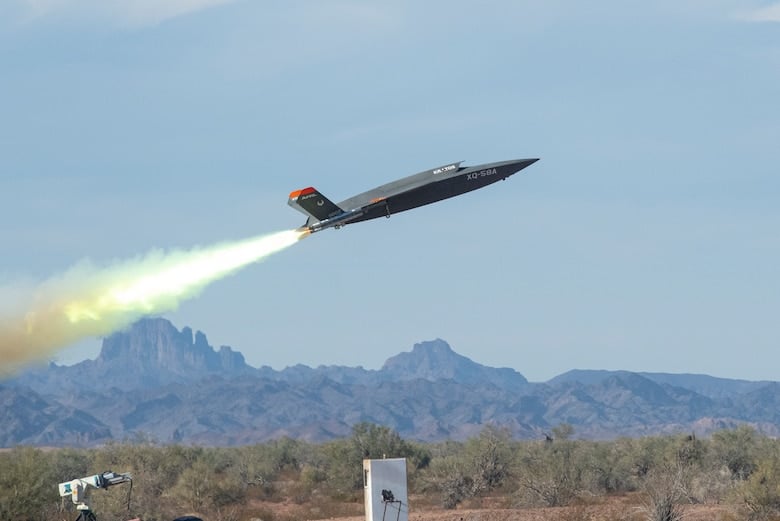
These low-cost UCAVs can carry two small-diameter bombs internally and have a range of around 2,000 miles — nearly a thousand miles more than the F-117 Nighthawk (which also can carry only two, admittedly larger, bombs). In the future, the Air Force intends to use similar “attritable” platforms as wingmen for data-linking fighters like the F-35 and F-22. These drones would use a form of artificial intelligence to allow them to execute commands relayed by crewed aircraft.
In theory, that would allow Valkyries to fly ahead and extend the crewed fighters’ sensor reach, engage targets on behalf of the stealth jets, or possibly even sacrifice themselves to save a targeted fighter. And importantly, because “attritable” platforms are so inexpensive, commanders in theater can use these low-cost UCAVs for highly dangerous missions with minimal concern about losing a jet. No commander wants to lose a pilot, but with the incredible cost of America’s existing UCAVs, commanders often can’t risk them either. New drones like the Valkyrie, however, could feasibly fill that role.
And as an added benefit of their low cost, the Air Force could afford to field hundreds or even thousands of these Valkyries in a near-peer conflict and use them to overwhelm enemy air defenses during the first days of war.
These goals may seem far-reaching, but as these technologies mature, they’re likely to become incredibly commonplace, especially when paired with ongoing artificial intelligence programs that aim to both supplement human pilots and dramatically increase the capabilities of drone platforms. Efforts like DARPA’s AlphaDogfight trials aim to develop an AI system capable of meeting the challenge, but America is far from the only nation with drone wingmen in their plans. The UK’s Tempest program aims to couple their new stealth fighter with drones, as does Australia and Boeing’s Loyal Wingman program. Russia has even gotten in on the fun, with their recent efforts to pair their stealthy Su-57 with their heavy UCAV called the Hunter.
Related Posts
Sandboxx News Merch
-

‘Kinetic Diplomacy’ Bumper Sticker (Black)
$8.00 Add to cart -

F-35 ‘Lightning’ Framed Poster
$45.00 – $111.00 Select options This product has multiple variants. The options may be chosen on the product page -

‘Sandboxx News’ Dad Hat
$27.00 Select options This product has multiple variants. The options may be chosen on the product page

Alex Hollings
Alex Hollings is a writer, dad, and Marine veteran.
Related to: Airpower, Military Affairs
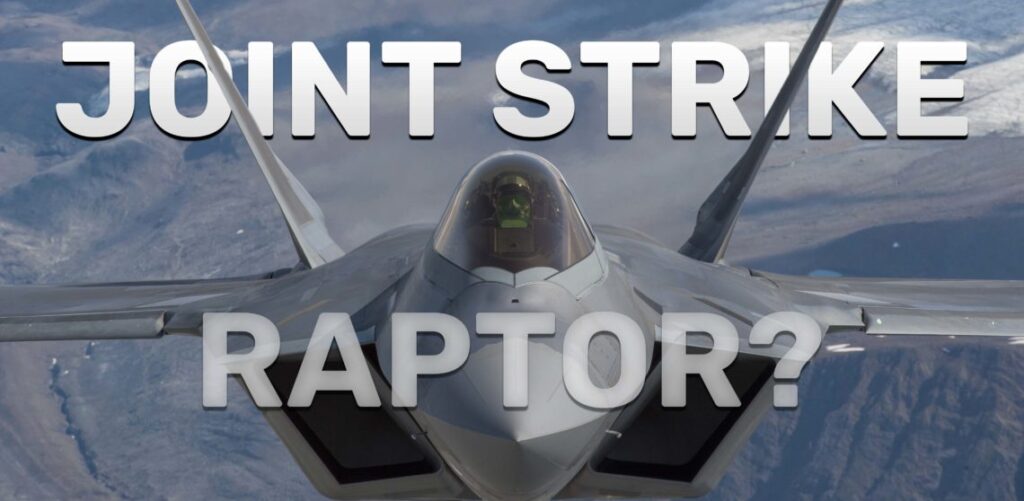
Just how good would an F-22/F-35 hybrid fighter really be?
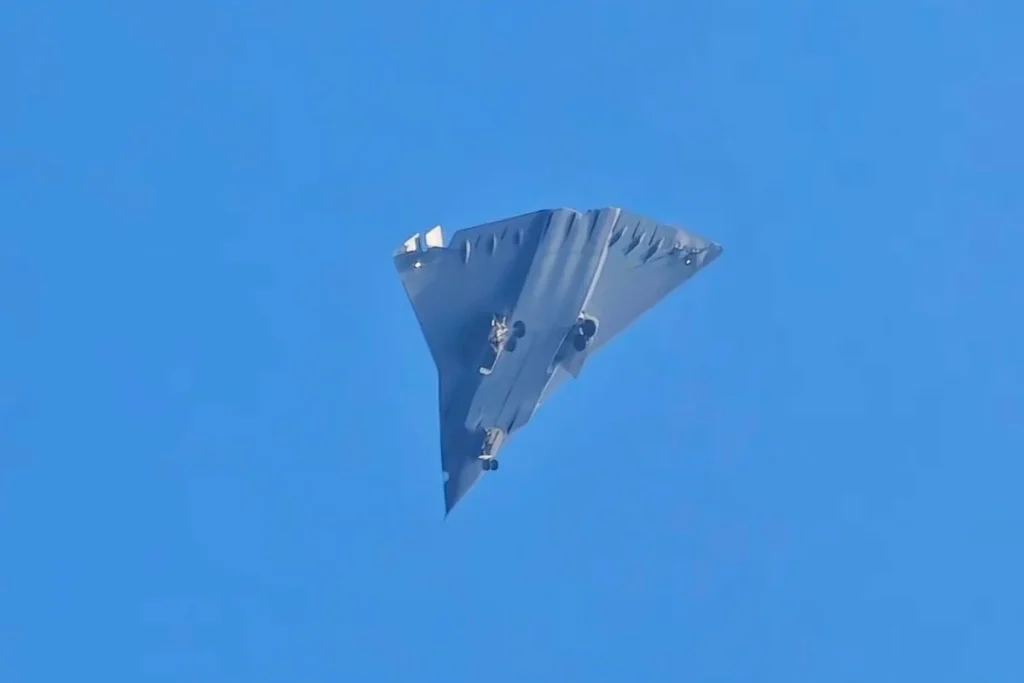
What do we know about China’s new ‘6th gen’ fighters?
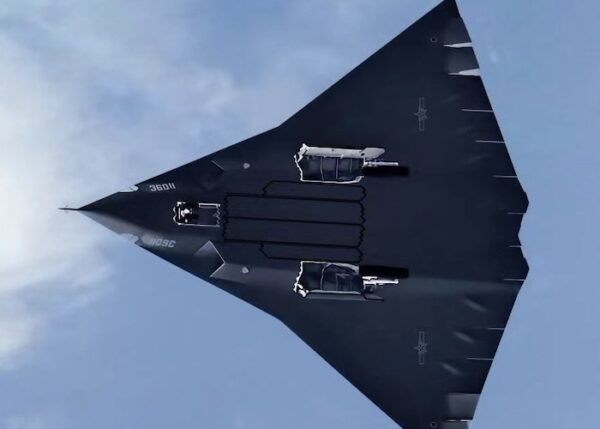
It doesn’t matter if China’s new J-36 stealth jet is a fighter or a bomber

Former Navy SEAL and pioneer combat medicine physician is awarded Presidential Citizen’s Medal
Sandboxx News
-

‘Sandboxx News’ Trucker Cap
$27.00 Select options This product has multiple variants. The options may be chosen on the product page -

‘AirPower’ Classic Hoodie
$46.00 – $48.00 Select options This product has multiple variants. The options may be chosen on the product page -

‘AirPower’ Golf Rope Hat
$31.00 Select options This product has multiple variants. The options may be chosen on the product page -

‘Sandboxx News’ Dad Hat
$27.00 Select options This product has multiple variants. The options may be chosen on the product page
